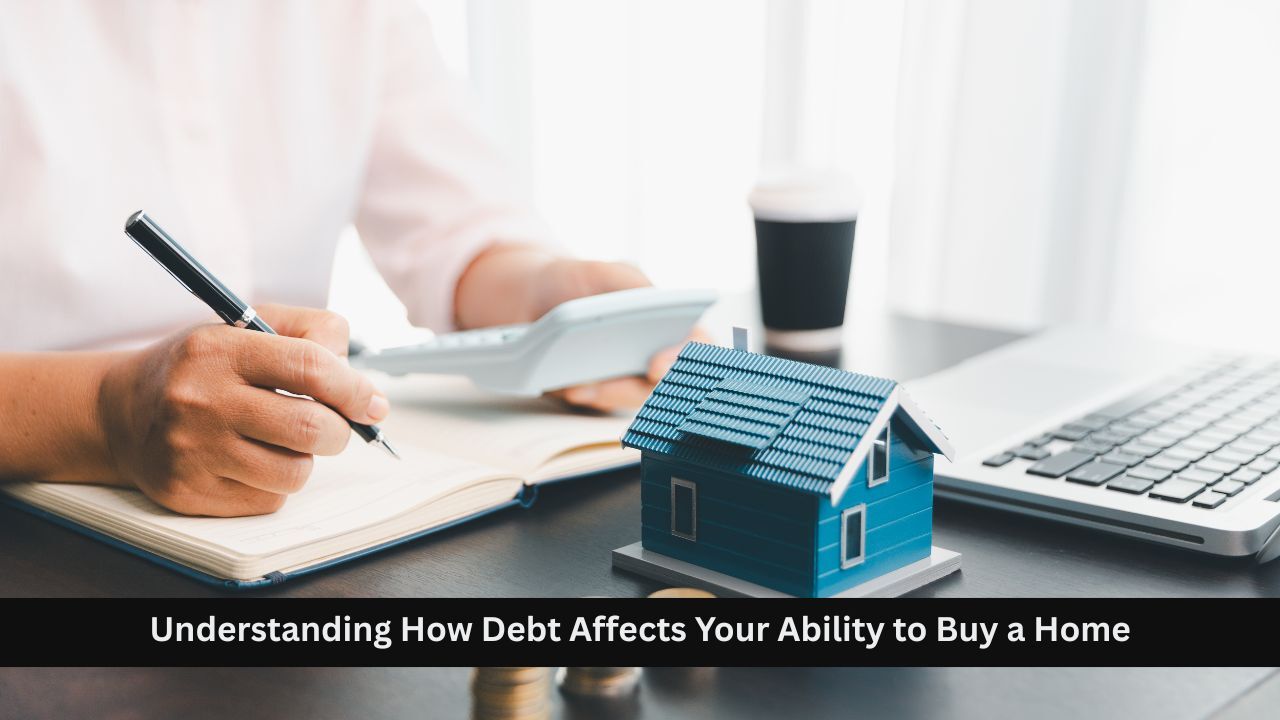Understanding the Conversation Around Longer Mortgage Terms
 The idea of extending mortgage terms well beyond the traditional thirty years is gaining new attention. With rising home prices and tightened affordability, many buyers are wondering whether a much longer loan could help lower the monthly payment enough to make homeownership more achievable. Before deciding if this type of option makes sense, it is important to look at why the concept is being discussed and what it could mean for buyers in the real world.
The idea of extending mortgage terms well beyond the traditional thirty years is gaining new attention. With rising home prices and tightened affordability, many buyers are wondering whether a much longer loan could help lower the monthly payment enough to make homeownership more achievable. Before deciding if this type of option makes sense, it is important to look at why the concept is being discussed and what it could mean for buyers in the real world.
Why Longer Mortgage Terms Are Being Discussed
The primary reason is affordability. Home prices have increased across many markets, and even with modest rate improvements, buyers still feel squeezed. A loan that stretches across five decades would lower the monthly payment by spreading the balance over a longer period. This can help certain buyers qualify more easily, particularly those facing high living costs or limited savings.
How Longer Terms Affect Monthly Payments
A longer loan term does offer short term relief. By dividing payments across additional years, the monthly cost drops. On a large loan amount, the difference can be a few hundred dollars per month. That amount can make a real impact on a household budget, especially for first time buyers who are navigating both loan approval and the ongoing cost of owning a home.
The Hidden Cost Over Time
The tradeoff is significant. A lower payment today means higher total interest paid over the full life of the loan. Equity builds at a much slower pace, and borrowers can remain close to the original loan balance for many years. This can affect future financial decisions, including refinancing or selling the home. Lower payments offer comfort, but the long-term numbers still matter.
Will Longer Mortgage Terms Become Common
Right now, the idea of a fifty-year mortgage is still a discussion rather than a standard lending option. Current guidelines for most traditional loans go up to thirty years, and some private programs extend to forty. Moving beyond that would require cooperation across agencies and lenders, and it may only apply to specific loan types if it becomes available at all.
What Buyers Should Do Today
Even without a fifty-year option on the market, buyers can still take steps to improve monthly affordability. Rate buydowns, adjustable-rate programs, and down payment assistance can make a meaningful difference. A conversation with a loan professional can reveal programs that fit both present needs and long-term goals. Understanding the full cost of the mortgage, not just the payment, remains essential.
The bottom line is simple: longer mortgage terms may help with monthly affordability, but they come with long-term financial considerations. Staying informed and exploring all available options is the best path forward for any buyer.

 The time between Thanksgiving and the New Year is known for gratitude, togetherness and heartfelt giving. Many families share meaningful gifts during this stretch of the year, and some buyers discover that these seasonal acts of generosity can help make homeownership possible. If you have found the right home but need help with upfront costs, financial gifts from loved ones may be the support that brings your plans together.
The time between Thanksgiving and the New Year is known for gratitude, togetherness and heartfelt giving. Many families share meaningful gifts during this stretch of the year, and some buyers discover that these seasonal acts of generosity can help make homeownership possible. If you have found the right home but need help with upfront costs, financial gifts from loved ones may be the support that brings your plans together. Many future buyers think they must eliminate every debt before applying for a mortgage. Reducing debt is helpful, but it is not a requirement for homeownership. You can qualify for a loan even if you have credit cards, student loans or a car payment. What matters most is how well you manage those obligations and how they fit into your overall financial picture.
Many future buyers think they must eliminate every debt before applying for a mortgage. Reducing debt is helpful, but it is not a requirement for homeownership. You can qualify for a loan even if you have credit cards, student loans or a car payment. What matters most is how well you manage those obligations and how they fit into your overall financial picture.